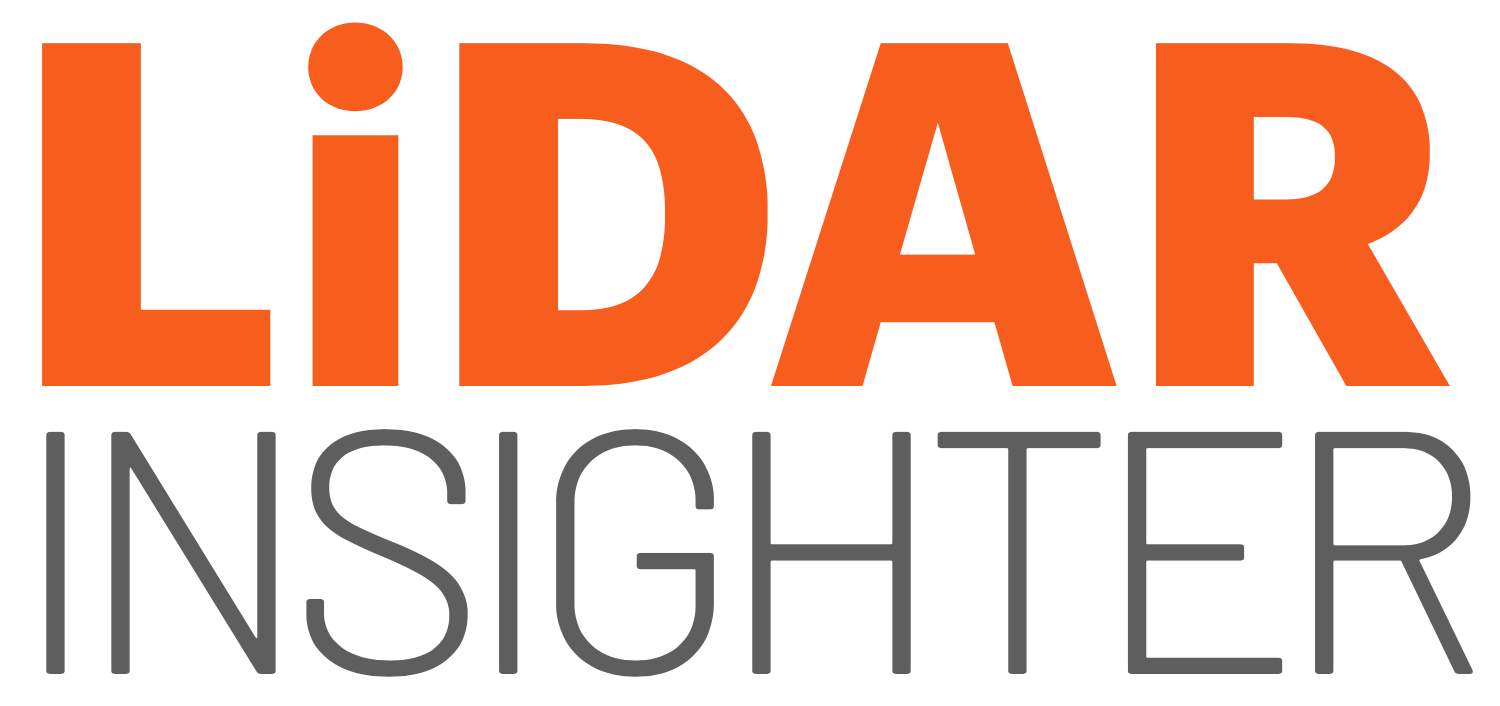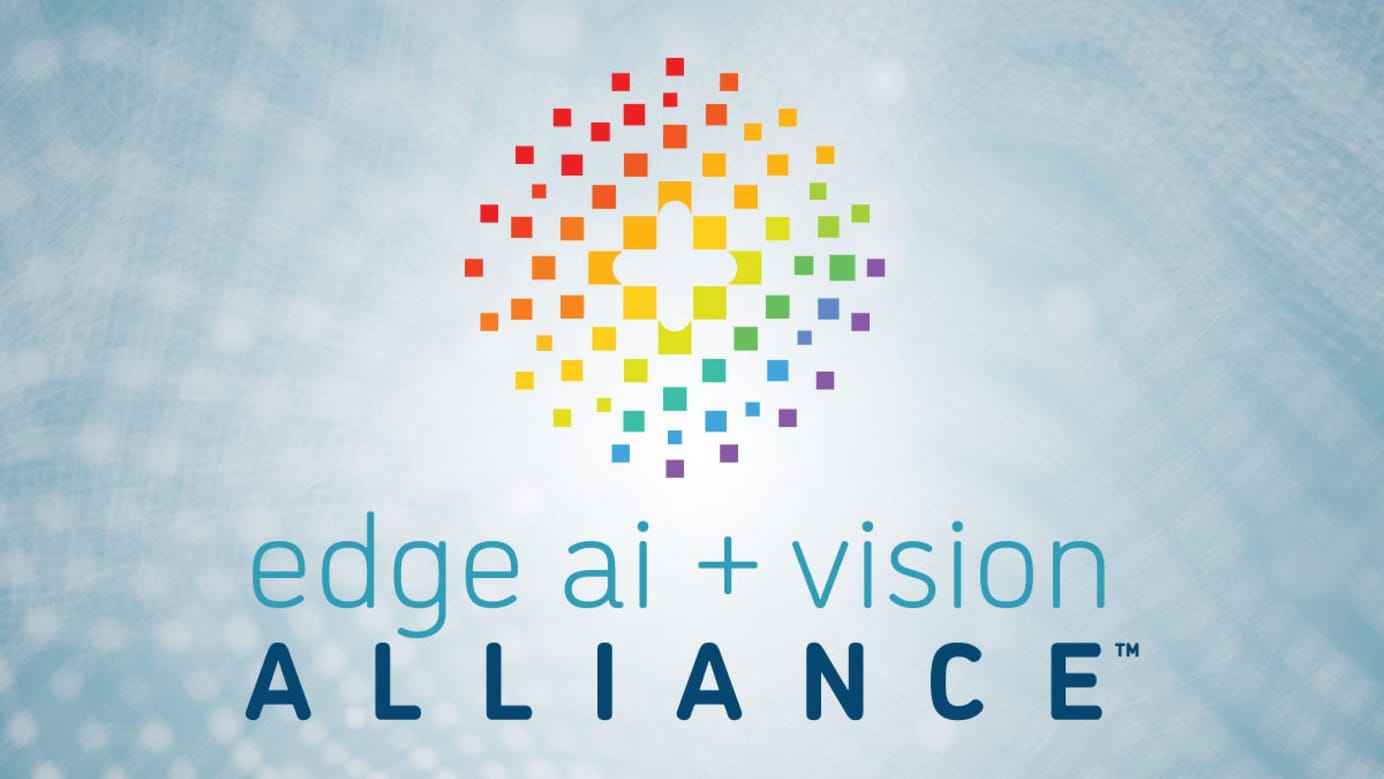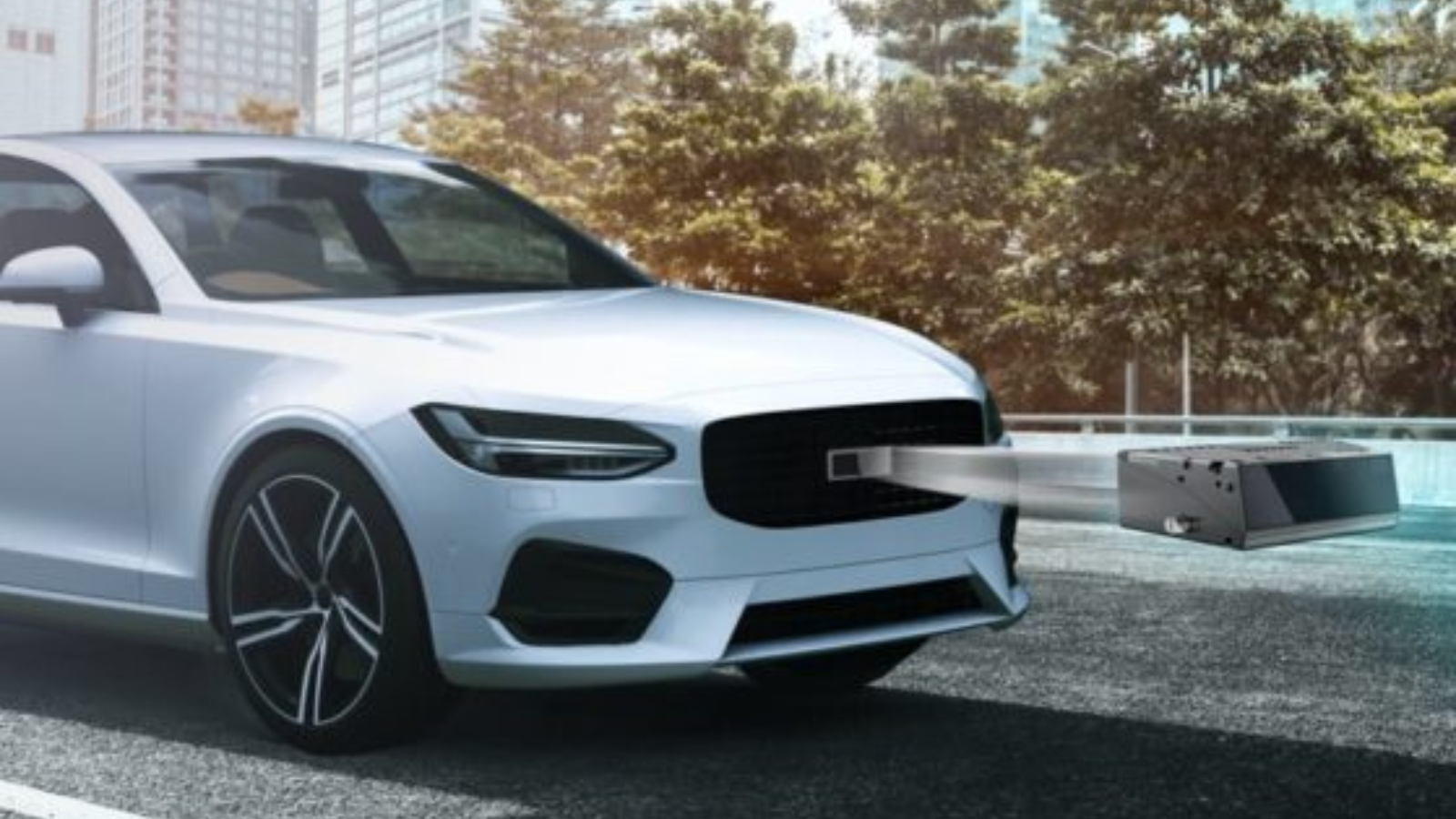
Surviving the coming shakeout of lidar suppliers
LiDAR manufacturers is seeing difficulties staying only is autonomous cars industry. Many of them have disappeared, merged or chosen to focus on different technologies.
Infrastructure built for industry and smart cities reduces the dependency on autonomous cars.
Selling to customers other than autonomous car manufacturers is a common growth strategy to survive an impending market shakeout in the laser light-bouncing technology area, which is flooded with failing companies.
Soon enough, the winners and losers in the market for light-detecting and radar sensors that combine with cameras and radar to provide near- and far-vision in autonomous vehicles and trucks will become clear.
“We’re on the verge of that as we start to get some actual production contracts happening,” Sam Abuelsamid, principal analyst at Guidehouse. ”I think we’ll see a bunch of them either get acquired or go out of business.”
Radar is comparable to lidar, but because the wavelength of light is 100,000 times smaller than that of radar, lidar provides higher-resolution pictures. A lidar system sends out a beam of infrared light, and when the light bounces off an object, it measures the signal that returns.
Although lidar is a crucial component of autonomous cars, it is challenging to assess the performance of lidar enterprises.
Others are hedging their risks by looking for clients outside of the AV industry.
San Francisco-based Ouster Inc., for instance, provides autonomous trucking company Plus with close-range lidars for its PlusDrive software. Additionally, it collaborates with Torc Robotics, a Daimler Trucks division building an autonomous Freightliner Cascadia.
Shakeout survivour
Ouster (NYSE: OUST), which went public in March, can withstand the shakeout, according to co-founder and CEO Angus Pacala.
“Ouster has taken a diversified approach to lidar as an industry,” said Pacala. “It’s industrial, smart infrastructure, robotics and automotive. Those are the four key [areas] and there’s a bunch of sub-verticals within them.”
By purchasing Sense Photonics, which possesses a digital solid-state lidar sensor that will serve as the foundation of an Ouster automotive subsidiary devoted to the adoption of digital lidar in passenger and commercial vehicles, Ouster advanced the lidar consolidation thesis.
Three days after $7.10 closing price, Ouster's 9.5 million share agreement with Sense was worth $67.4 million.
Even with a 50% increase in staff thanks to the 80 employees from Sense, Ouster won't aim to satisfy every clientele. It provides a long-range lidar device, however other companies provide longer-range, better-performing lidars.
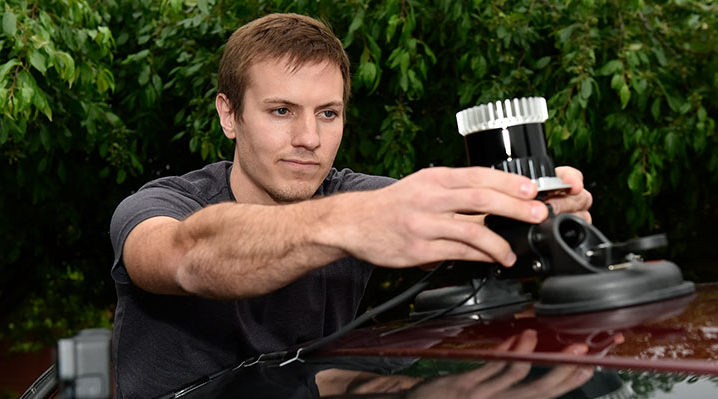
“The majority of our business today is in wider field of view, short-to-medium sensors,” Pacala said. “We have the longest range sensors in those fields of view of any competitor,” including an ultrawide fisheye sensor that can see about 98 feet at 80% accuracy.
Luminar leading
Heavy-duty autonomous vehicles must be able to see a half-mile in front of them. To identify the local vicinity of the vehicle, Daimler's Torc collaborated with Luminar on long-range lidars and Ouster on short-range sensors.
For its initial deployment, Plus is forgoing a long-range lidar, in contrast, because the technology for forward-looking cameras and radar is, according to Pacala “is so mature, and it can truly see out to a kilometer or more, that they are emboldened to do it with those sensors.”
For the next Volvo XC90 SUV, Luminar (NASDAQ: LAZR) has a production agreement with Zenseact, a division of Volvo Cars that develops self-driving software. Sentinel, a technology offered by Luminar and Zenseact, is used in other automakers' R brand electric vehicles made in China by SAIC.
These initiatives might be what keeps Luminar's stock price higher than other firms with single-digit stock prices.
Competitive market
Cepton Technologies Inc., has a large-volume manufacturing lidar program for General Motors as part of their Ultra Cruise advanced driver assistance system for 2023. The two companies have also agreed to a SPAC merger.
Koito Manufacturing Co. Ltd., a Japanese corporation, invested $50 million in Cepton in August. Cepton concentrates on smart infrastructure applications like Ouster as well as ADAS, or fully autonomous systems, for semi-automated driving.
Some lidar businesses found merger partners before Ouster bought Sense. In May 2019, AV startup Aurora Innovation acquired Bozeman, Montana-based Blackmore Sensors and Analytics, a manufacturer of extended nanometer wavelength lidars.
“They’re already more likely to be the survivors than the ones that have not, partly because they’ve been newly capitalized,” Ramsey said. “And they probably were able to get this investment because they have some sort of development or production contract.”
Autonomous trucks, yard tractors and warehouse robots
Using a digital lidar that is microchip-based and made up of an array of vertical laser emitters known as a vertical cavity surface emitting laser, Ouster claims to be the best at creating surround-view lidar sensors. Although less expensive to manufacture than edge-emitting lasers, VCSELs are less powerful.
There are 75 different setups.
“They’ve got some interesting technology,” Abuelsamid said. “Most of their business so far has actually been nonautomotive.”
Pacala said before the Sense acquisition that consumer and commercial vehicle lidar, including robo-trucking, accounted for 30% of Ouster’s revenue, meaning 70% comes from other businesses.
The work with Torc involves three sensors “providing a kind of a cocoon of safety immediately surrounding the vehicle,” he said.
Providing 2,000 lidar sensors to Plus — two each for 1,000 Amazon trucks — may be the largest production contract to date in autonomous trucking. “Plus found a way to do it that actually makes financial sense and can convince a customer like Amazon,” Pacala added.
Ouster has a relationship with Amazon (NASDAQ: AMZN) through its work with Plus. Amazon invested in the French robotics firm Balyo, which makes autonomous forklifts and other warehouse equipment that may "see" better with Ouster's short-range lidars.
Additionally, Outrider, with whom Ouster collaborates, automates yard tractors and freight yard logistics, which are probably just as crucial as autonomous vehicles themselves.
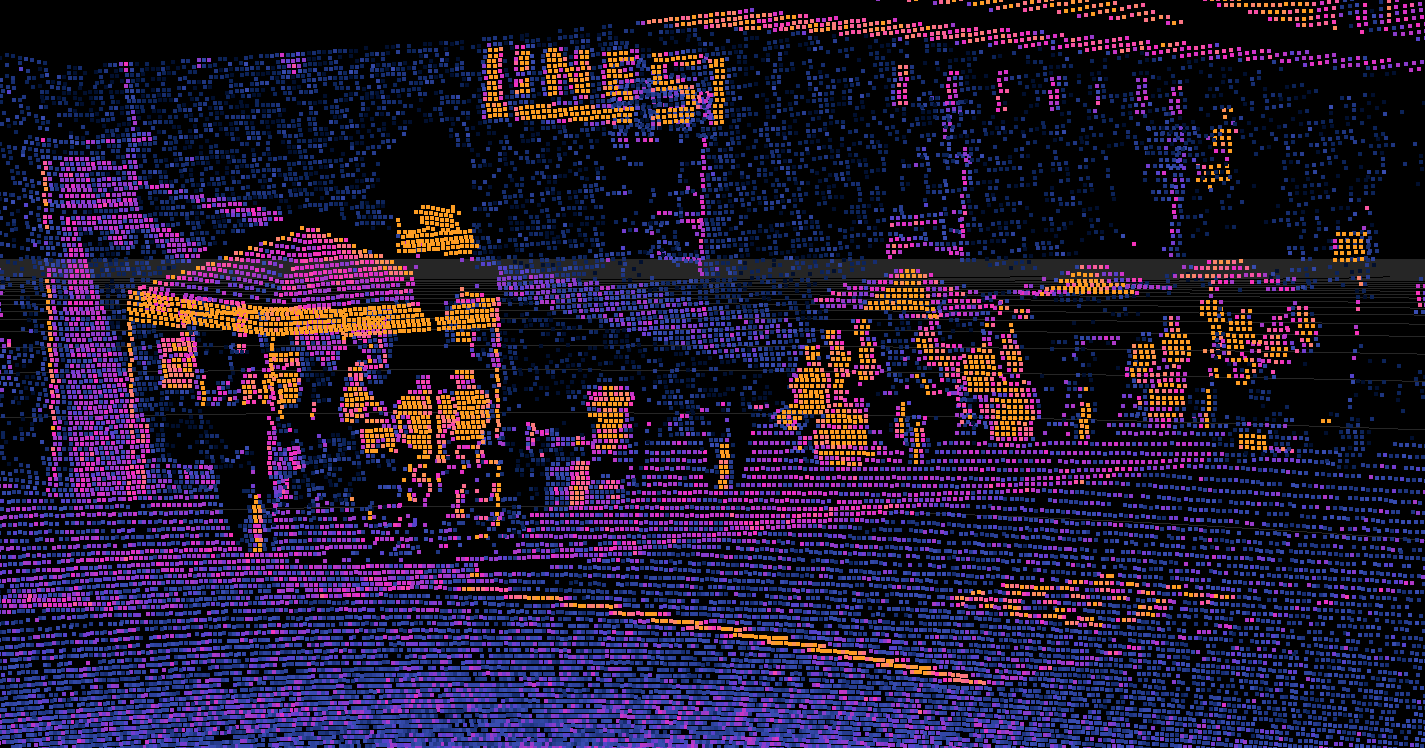
“They are not quite classic vehicles but relatively large hauling vehicles doing logistics,” Pacala said.
Furthermore, according to Pacala, Ouster operates a bus company that combines aspects of robo-trucking and ride-hailing robo-taxis. May Mobility is a client of Ouster and produces autonomous urban shuttles.
Overall, Ouster has distributed over 6,000 lidar sensors. According to the Ouster website, 600 clients got the company's items in the previous year. Its technology is covered by 140 issued and pending patents.
Still running at a loss
As a startup founded in 2015, Ouster is still losing money — $32 million in Q2 compared to $11.3 million in the second quarter of 2020 and $21 million in Q1.
But its revenue and profit margins outstrip the competition, Pacala said. Q2 revenue of $7.4 million was up 72% year-over-year and 11% from Q1. Its 26% gross margin was up 9% year-over-year and flat with Q1. Ouster shipped 1,460 sensors, a 342% year-over-year increase and 49% more than in Q1.
It has 53 strategic customer agreements that could be worth $422 million.
For the full-year 2021, Ouster expects to book $33 million to $35 million of revenue and 25% to 27% gross margins.
“I’m interested in letting our customers’ purchasing do the talking for us,” Pacala said.
And as for the competition he believes it's difficult to know what is real based on announcements made in the industry.
“It can be so narrowly construed that maybe hypothetically it’s true, but it doesn’t have any impact on production-scale deployments.”
LiDAR INSIGHTER Newsletter
Join the newsletter to receive the latest updates in your inbox.
